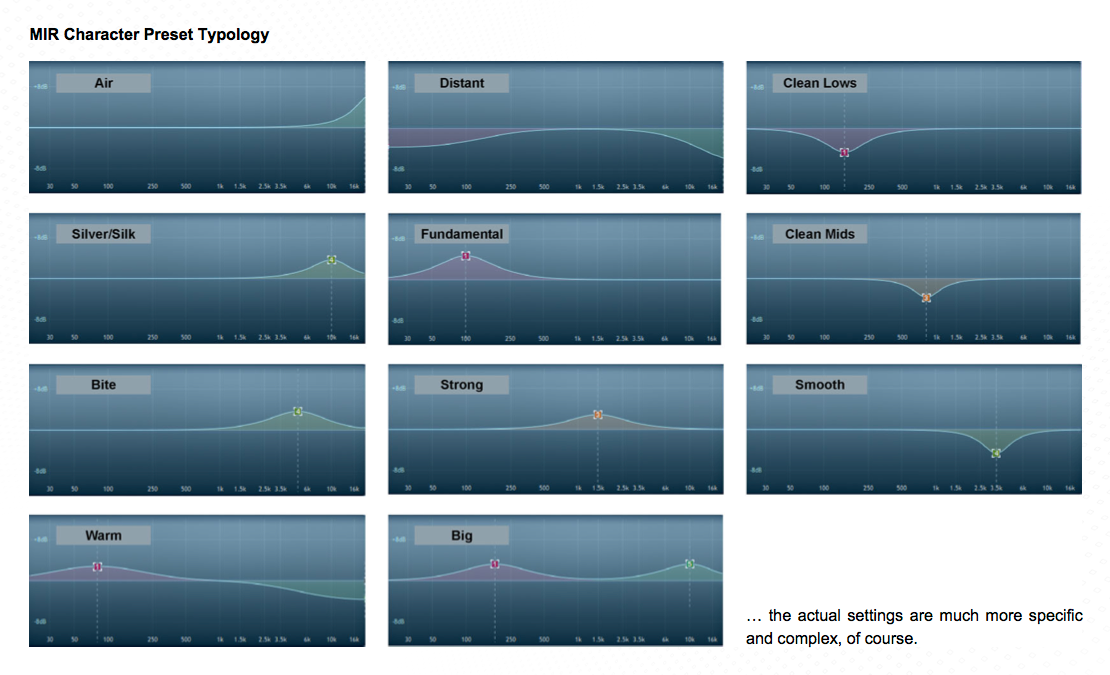what is the exact function of the wet/dry slider in the instrument section of MirPro (VEP)? Does fully dry mean no spatialization as if it never even hit the plugin at all? Why would we ever want to have it on anything other then 100%?
The wet/dry slider in the output section is a seperate thing...what is the exact function of that?
And the non-VEP MIRPro plugin..it has a wet/dry slider on the plugin window itself, and there is no instrument wet/dry slider inside the main UI. So what does that slider do? is it different in function, even slightly, then the one in the VEP version under the instrument section?
I know some of this is also related to the directivity feature...so if someone could please explain how all of the above works in relation to each other, I would appreciate it.
In normal use it sorta seems to me like the normal case would be to put MIRPRO plugin on every track and the instrument slider ouught to be set to 100%, meaning spatial placement is entirely handled by MIRPRO. Doesn't make sense to me that the default would be 50%, but maybe someone can explain all of this in a way that will make sense?
There is BONE DRY...as in no mir spatial processing before it hits MIR, then there is SPATIAL DRY, which is the spatial placement of each instrument based on the IR's and its location...(which presumably effects EQ and early reflections), and then there is the ROOM WET sound, which is what is picked up by the virtual mic arrays.
To me it seems like the default should be to block the BONE DRY sound, and get the SPATIAL DRY sound and then various amounts of ROOM WET sound......I guess?
Anyway, if anyone understands exactly...like Dietz...would appreciate clarification. I already read all the manuals, it still wasn't absolutely clear to me.
